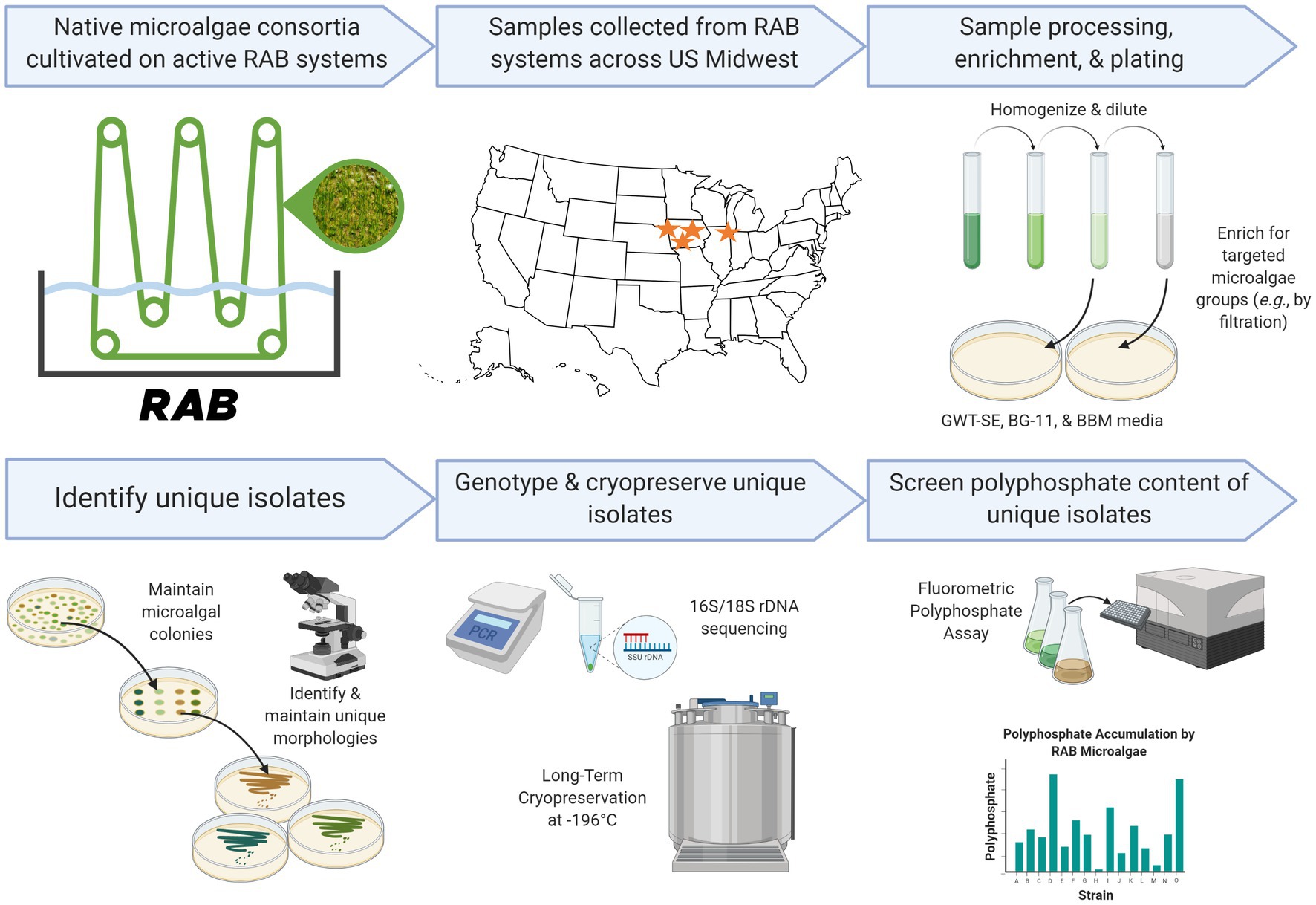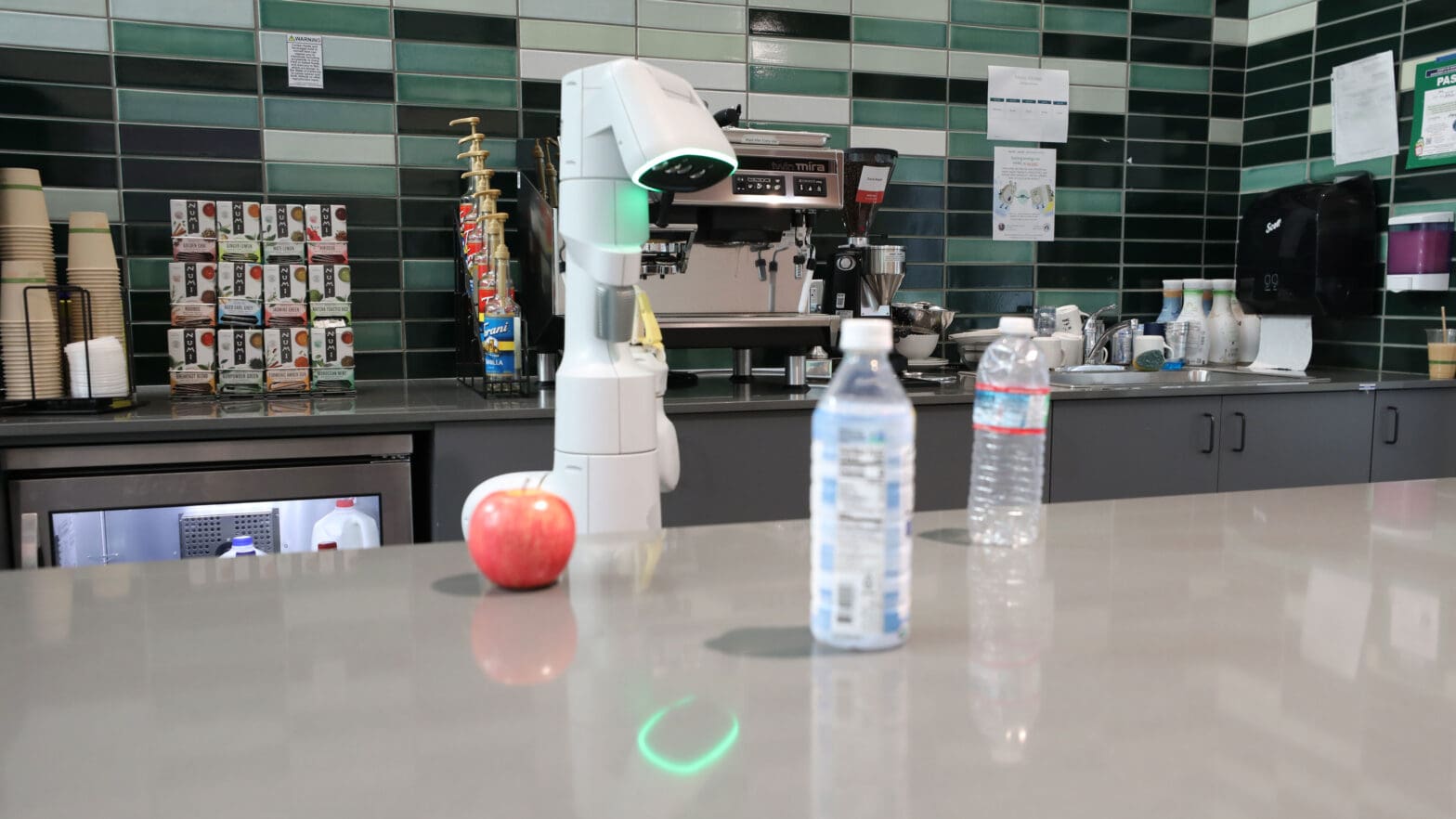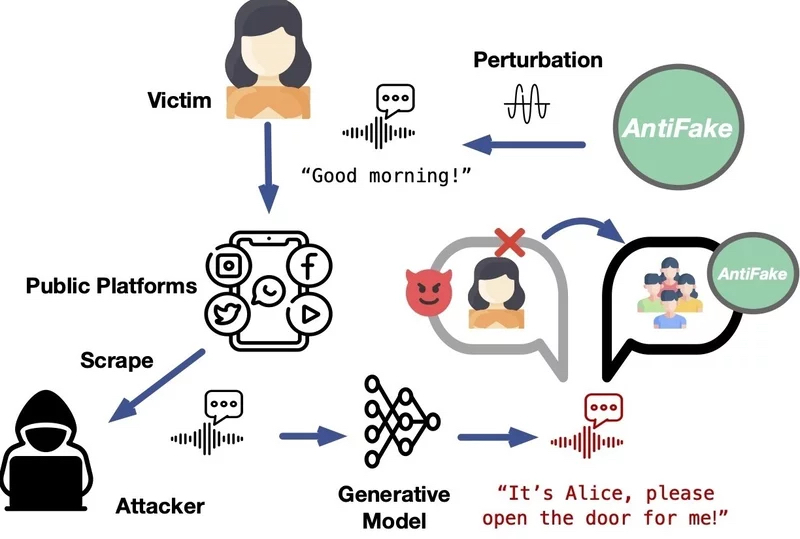2023-11-28 米国国立再生可能エネルギー研究所(NREL)
◆NREL、Gross-Wen Technologies、シカゴ都市圏水再生大区の研究者らが協力し、米国エネルギー省のTechnology Commercialization Fund(TCF)助成金を使用してRABシステムのさらなる開発を進めています。研究では、RABシステム内の藻種において特定のものがリンの効果的な吸収を行っており、これを活用することでシステムの効率向上とリンサイクルの閉じる可能性が示唆されています。
<関連情報>
- https://www.nrel.gov/news/program/2023/newly-identified-algal-strains-rich-in-phosphorous-could-improve-wastewater-treatment.html
- https://www.frontiersin.org/articles/10.3389/fmicb.2023.1219318/full
回転藻類バイオフィルム(RAB)廃水処理システムからリンを高蓄積する微細藻類を分離
Isolation of phosphorus-hyperaccumulating microalgae from revolving algal biofilm (RAB) wastewater treatment systems
Eric Schaedig, Michael Cantrell, Chris Urban, Xuefei Zhao, Drew Greene, Jens Dancer, Michael Gross, Jacob Sebesta, Katherine J. Chou, Jonathan Grabowy, Martin Gross, Kuldip Kumar, Jianping Yu
Frontiers in Microbiology Published:17 July 2023
DOI:https://doi.org/10.3389/fmicb.2023.1219318

Excess phosphorus (P) in wastewater effluent poses a serious threat to aquatic ecosystems and can spur harmful algal blooms. Revolving algal biofilm (RAB) systems are an emerging technology to recover P from wastewater before discharge into aquatic ecosystems. In RAB systems, a community of microalgae take up and store wastewater P as polyphosphate as they grow in a partially submerged revolving biofilm, which may then be harvested and dried for use as fertilizer in lieu of mined phosphate rock. In this work, we isolated and characterized a total of 101 microalgae strains from active RAB systems across the US Midwest, including 82 green algae, 9 diatoms, and 10 cyanobacteria. Strains were identified by microscopy and 16S/18S ribosomal DNA sequencing, cryopreserved, and screened for elevated P content (as polyphosphate). Seven isolated strains possessed at least 50% more polyphosphate by cell dry weight than a microalgae consortium from a RAB system, with the top strain accumulating nearly threefold more polyphosphate. These top P-hyperaccumulating strains include the green alga Chlamydomonas pulvinata TCF-48 g and the diatoms Eolimna minima TCF-3d and Craticula molestiformis TCF-8d, possessing 11.4, 12.7, and 14.0% polyphosphate by cell dry weight, respectively. As a preliminary test of strain application for recovering P, Chlamydomonas pulvinata TCF-48 g was reinoculated into a bench-scale RAB system containing Bold basal medium. The strain successfully recolonized the system and recovered twofold more P from the medium than a microalgae consortium from a RAB system treating municipal wastewater. These isolated P-hyperaccumulating microalgae may have broad applications in resource recovery from various waste streams, including improving P removal from wastewater.



